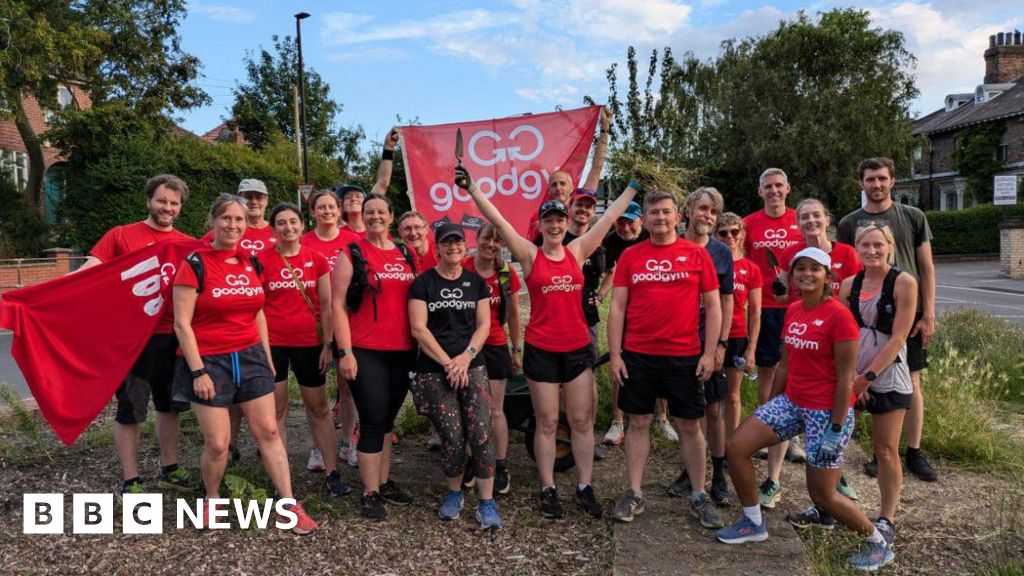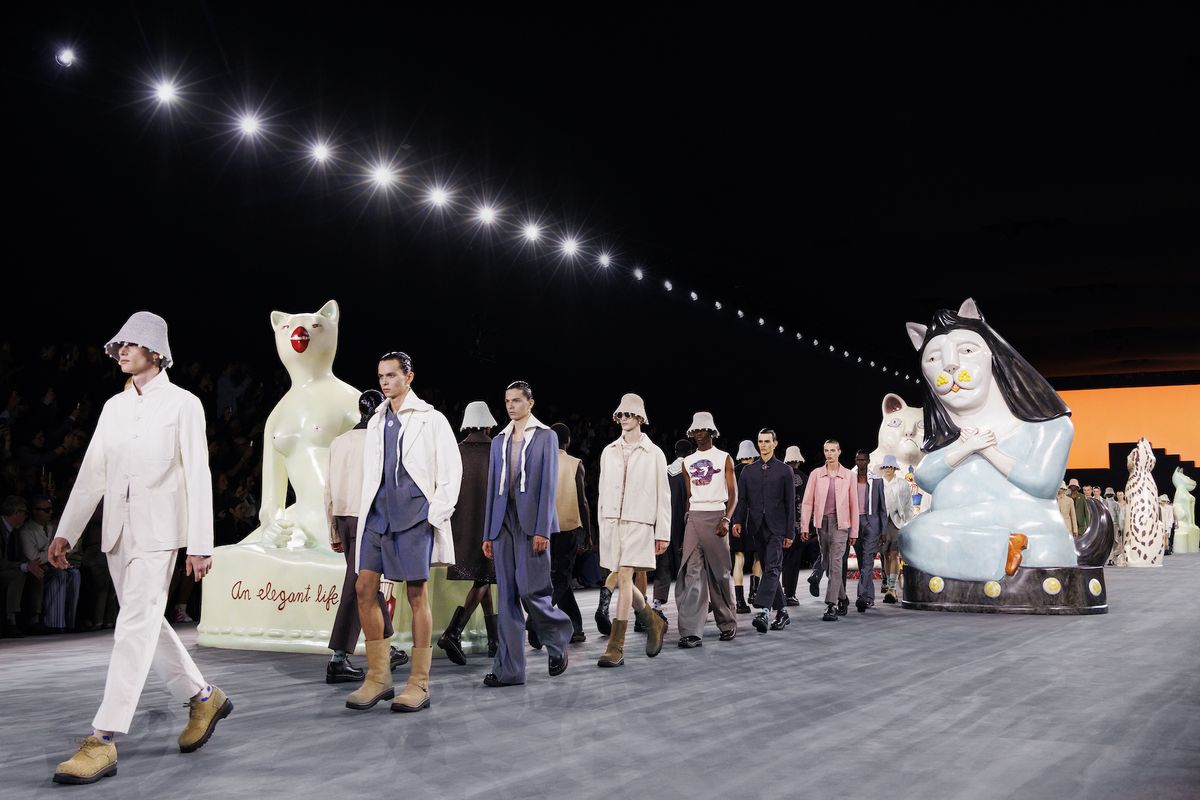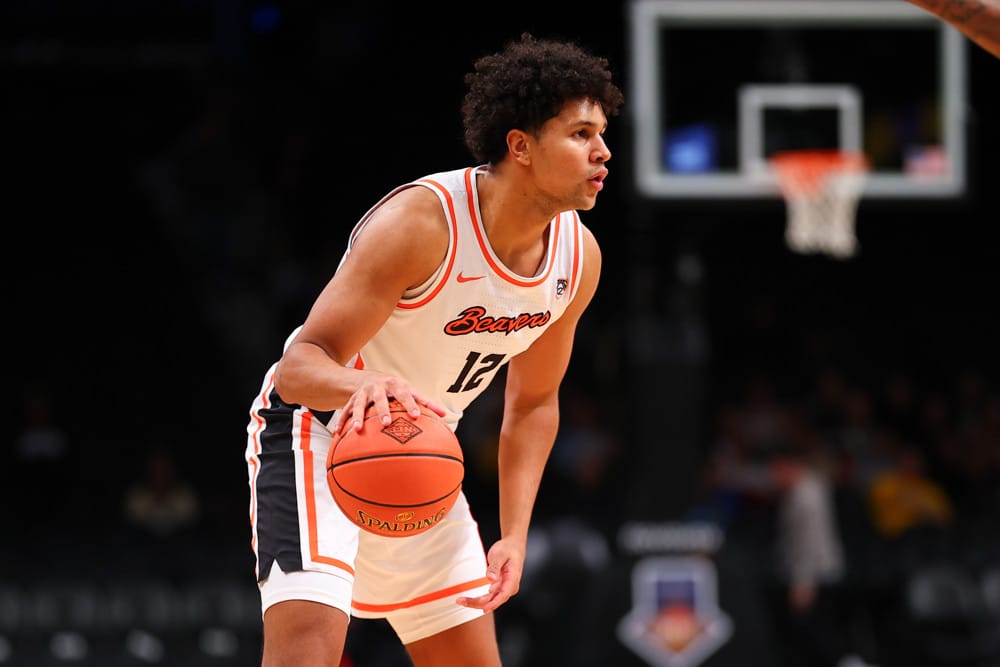Fitness
Is Body Recomposition Possible? Experts Explain What You Need to Know.

BODY RECOMPOSITION CAN be a difficult topic to talk about. Recomp refers to the process of changing your body’s makeup while maintaining the same weight, essentially building muscle while simultaneously burning fat. Exactly how to do this (and if it’s even possible) is a matter of intense debate in fitness circles, both in gym locker rooms and the comment sections of your favorite muscle creator’s videos and social media posts.
Men’s Health fitness director Ebenezer Samuel, C.S.C.S. wants to break through the online BS and old school muscle myths to explore what recomp can mean for you—but he can’t do it alone. Joining him for the discussion are Dave Rienzi, a renowned strength coach and IFBB Pro who has trained Dwayne Johnson (yes, The Rock) and Henry Cavill and Dr. Pat Davidson, an exercise physiologist and strength and conditioning coach who is also a bodybuilder. This is Strong Talk, the new MH program that brings a group of high-level trainers together to explore, debate, and explain the most pressing topics in fitness.
The trio get down into the dirty details here—including the general feasibility of a recomp cycle, the level of experience that people will need in order to take on this type of goal, and why this is such a popular topic for the strength and conditioning community to debate.
Strong Talk: Body Recomposition
Some highlights from the Strong Talk video:
Why Body Recomp Is Popular
EBENEZER SAMUEL: Body recomp as a hashtag is very popular. Recomp as a hashtag is very popular on social media. So why do you guys think it’s being talked about so much on social media right now? Is it the time of year because it’s end of December, early January? Is there another reason for it? Why is this so popular right now?
DAVE RIENZI: That’s a good question. I think it’s a matter of cutting is hard and gaining muscle is hard. So I think people want to meet in the middle and say, “Oh, I can cut and gain at the same time.” And I think for people, it’s a matter of chasing this holy grail so to speak, because when you’re going to bulk, you’re going to gain some body fat of course, and then when you’re going to cut, you’re going to lose body fat and potentially some muscle and then you’re going to feel smaller quite honestly. So I think people want to try to capture the best of both worlds.
PAT DAVIDSON: I definitely have seen some research recently that’s suggesting that the errors that people have made in the past is just too aggressive with calorie surplus from the perspective of really gaining muscle tissue. You don’t need to be in an enormous calorie surplus to be able to really promote protein synthesis and muscle acquisition and an error that people have made has just been like, “Oh, I’m going to go into 1,500 calorie surplus,” and they pack on a significant amount of fat in the process as well. It seems as though it’s a fairly modest surplus that you need to be in to really achieve almost all of the muscle gain results.
So you don’t need to be gaining a ton of weight to be able to be close to maximizing muscle gain, but I think that if you truly are at absolute maintenance calories, then you’re not really gaining anything necessarily. There was this term that got thrown around a few years ago, maingaining, and I think that that’s the one that people really clung to. You still need to be looking to have some level of weight increase. It’s just that it doesn’t need to be this, hey, you don’t need to gain 40 pounds across the span of a year in order to gain muscle tissue. You can gain a modest amount of weight and be almost completely maxing out the muscle gain part of it.
Training Engines: Corollas vs. Drag Cars
PAT DAVIDSON: I’m always like, give me one singular effort that is appropriate first, okay? And after we’ve checked that box, now we can get into multiple efforts that are great, but I don’t want to see a big rep drop off from set one to set two. Like if you went in on set one and you did 12 and it was a great set, and then set two, you got four, you didn’t wrestle long enough.
DAVE RIENZI: It’s finding that sweet spot.
PD: Yeah. And then I would say most people don’t have the horsepower, you know what I mean?
DR: Yeah, yeah.
EBENEZER SAMUEL: Yeah.
PD: Like a drag car versus a Toyota Corolla. I can rev the Toyota Corolla and bring that thing to full speed, and then I can literally do it again immediately after. That drag car, you blast it down the track and if you’ve got to bring it in the garage for repairs, you need a whole team. And most people are probably more Corolla-like than they realize. So if you got that sort of a vibe, you can probably reduce those rest periods and rev that engine all the way up over and over again.
ES: You just called my entire readership Toyota Corollas.
PD: Just show me you’re not. Train yourself out of it and I’ll acknowledge it, but I don’t like to give people false praise.











